Timber Harvest Methods
- August 22, 2024
- 0 comment
Timber harvesting plays a crucial role in sustainable forestry, providing the raw materials for countless industries while also ensuring that forests remain healthy and productive. Selecting the right harvest method is key to balancing economic needs with ecological integrity. Different methods suit different forest types, management goals, and environmental considerations.

List of Timber Harvest Methods
- Clear-Cutting
- Shelterwood Cutting
- Selective Cutting
- Seed-Tree Cutting
- Coppicing
- Variable Retention Harvesting
- Strip and Patch Cutting
Clear-Cutting
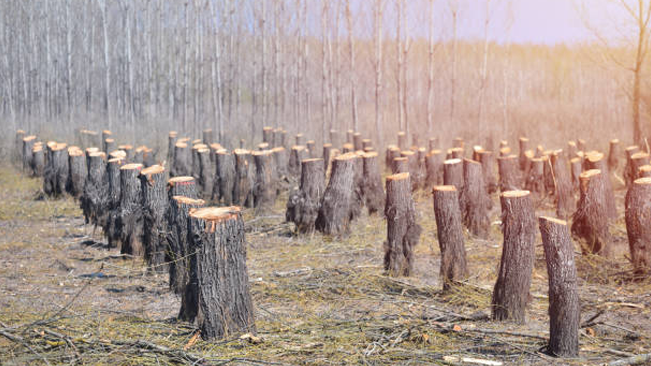
Definition and Description
Clear-cutting involves removing all the trees in a designated area, effectively creating a blank slate for regeneration. This method is often used in even-aged forests where trees are of similar age and species.
Applications and Advantages
Clear-cutting is a straightforward and cost-effective method, making it a popular choice in commercial forestry. It allows for efficient harvesting and replanting, especially for species that require full sunlight to regenerate.
Environmental Impacts and Concerns
The primary concern with clear-cutting is the significant environmental impact it can have. Removing all trees at once can lead to habitat loss, soil erosion, and increased water runoff. It also leaves the area more vulnerable to invasive species and reduces biodiversity.
Mitigation Strategies and Regulations
To mitigate these effects, clear-cutting is often regulated by environmental laws that require replanting and buffer zones to protect watercourses. Best practices include leaving some trees standing to maintain habitat continuity and applying erosion control measures.
Shelterwood Cutting
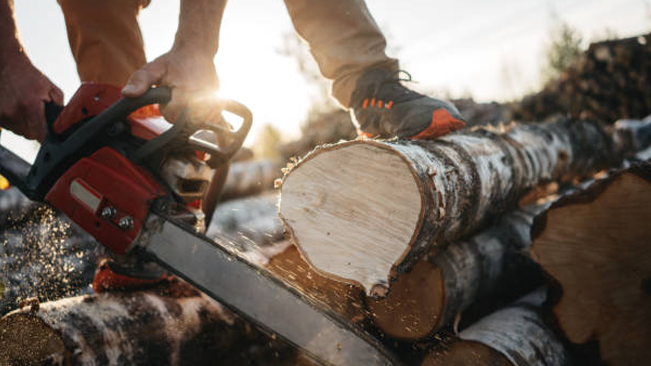
Definition and Process
Shelterwood cutting involves gradually removing trees in phases to allow for natural regeneration under the protection of remaining mature trees. This method is particularly beneficial for shade-tolerant species.
Benefits for Regenerating Shade-Tolerant Species
By leaving some trees standing, shelterwood cutting creates a microenvironment that supports the growth of seedlings. This method ensures that young trees have the necessary shade and protection from wind and extreme temperatures.
Phases of Shelterwood Cutting
Shelterwood cutting is typically carried out in three phases: preparatory (to enhance seed production), establishment (to allow seedlings to grow), and removal (to harvest the remaining mature trees once the new generation is established).
Considerations for Long-Term Forest Health
This method promotes the development of even-aged stands while maintaining continuous forest cover, reducing the risk of erosion and habitat loss.
Selective Cutting

Explanation of Selective Cutting
Selective cutting focuses on removing specific trees based on criteria such as size, species, or health. Unlike clear-cutting, this method maintains a diverse forest structure and canopy.
Advantages for Maintaining Forest Structure and Biodiversity
Selective cutting preserves the ecological integrity of the forest, supporting wildlife habitats and promoting a mix of tree species and ages. It also allows for the continuous extraction of timber without drastic changes to the landscape.
Types of Selective Cutting
There are two primary types of selective cutting: single-tree selection, which removes individual trees, and group selection, which removes small groups of trees. Both methods aim to mimic natural disturbances.
Challenges
Selective cutting requires skilled labor to identify and harvest the right trees, and there is a risk of high-grading, where only the most valuable trees are removed, leaving the forest less healthy.
Seed-Tree Cutting
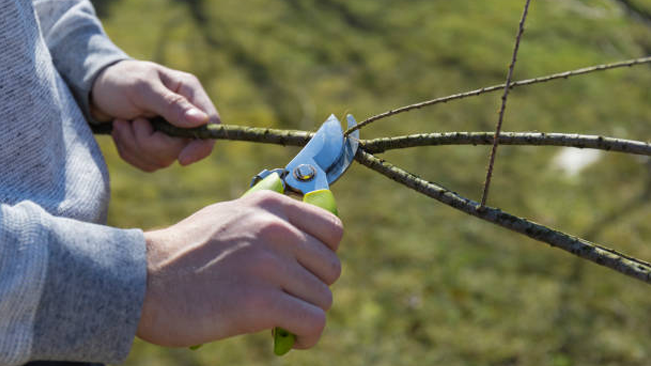
Overview of Seed-Tree Cutting
Seed-tree cutting is a regeneration method that leaves a few mature trees standing to provide seeds for natural regeneration. This method is commonly used for species that thrive in open, sunny conditions.
How It Promotes Natural Reseeding
The remaining seed trees help ensure the next generation of trees, reducing the need for artificial planting. This method works well for species that produce abundant seeds capable of dispersing over large areas.
Ideal Conditions and Species Suitability
Seed-tree cutting is best suited for species that regenerate well in full sunlight, such as pines. The method is less effective in forests with shade-tolerant species or where seed dispersal is limited.
Follow-Up Treatments
To ensure successful regeneration, follow-up treatments like site preparation and protection from herbivory may be necessary. Once seedlings are established, the remaining seed trees can be harvested.
Coppicing
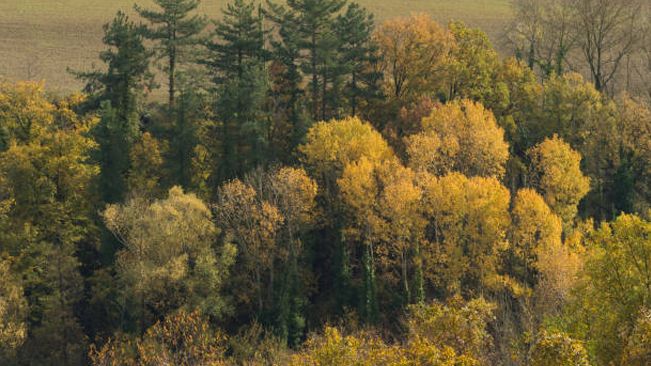
Introduction to Coppicing
Coppicing is an ancient method of wood production that involves cutting trees back to the stump to encourage new shoots. This method is sustainable and can be repeated over multiple cycles.
Process of Coppicing
After cutting, trees regrow from the stump, producing multiple new stems. This method is particularly effective with certain hardwood species that respond well to this type of regeneration.
Applications in Sustainable Forestry
Coppicing provides a renewable source of biomass, making it valuable for fuelwood, fencing, and other small-diameter products. It also supports biodiversity by creating varied habitats.
Suitable Species and Rotation Periods
Species like willow, hazel, and chestnut are well-suited to coppicing. Rotation periods can vary, with some species being harvested every few years, while others may take longer to mature.
Variable Retention Harvesting

Description of Variable Retention Harvesting (VRH)
Variable retention harvesting is a method that retains a portion of the forest structure after logging to preserve ecological functions. This method aims to balance timber production with environmental conservation.
Types of Retention
Retention can be dispersed, where individual trees are left throughout the harvested area, or aggregated, where groups of trees are retained. Both types provide habitat continuity and protect biodiversity.
Benefits for Wildlife and Biodiversity
VRH maintains key elements of the forest ecosystem, supporting species that rely on older trees, dead wood, or specific microhabitats. It also helps maintain long-term forest resilience.
Best Practices for Implementing VRH
Implementing VRH requires careful planning to determine which areas and features should be retained. Considerations include tree species, age, and proximity to water bodies or other sensitive habitats.
Strip and Patch Cutting

Explanation of Strip and Patch Cutting
Strip and patch cutting are methods designed to create habitat diversity within a forest. Strip cutting removes trees in narrow bands, while patch cutting clears small, irregularly shaped areas.
Suitable Environments and Forest Types
These methods are particularly effective in mixed-species forests and areas where creating a mosaic of different habitats can benefit wildlife. They are also useful in areas prone to windthrow.
Comparison with Clear-Cutting
Unlike clear-cutting, which removes all trees in a single area, strip and patch cutting leave adjacent areas intact, reducing the visual impact and providing a buffer against environmental changes.
Potential Drawbacks and Management Considerations
While these methods can enhance habitat diversity, they require careful management to avoid overharvesting and ensure that regeneration is successful across the landscape.
Considerations for Choosing a Harvest Method
Factors Influencing the Choice of Harvest Method
The choice of timber harvest method depends on various factors, including the forest type, management objectives, ecological impacts, and market demand. Each method has its strengths and limitations, making it essential to match the method to the specific conditions and goals of the forest.
The Role of Foresters in Informed Decision-Making
Foresters play a critical role in selecting the appropriate harvest method. Their expertise ensures that the chosen method aligns with long-term sustainability goals, supports biodiversity, and meets economic needs.
Frequently Asked Questions (FAQs)
1. What are the main timber harvest methods?
The primary timber harvest methods include clear-cutting, shelterwood cutting, selective cutting, seed-tree cutting, coppicing, variable retention harvesting (VRH), and strip and patch cutting. Each method has specific applications, benefits, and environmental considerations.
2. What is clear-cutting, and why is it used?
Clear-cutting involves removing all trees in a designated area. It is used for its simplicity and cost-effectiveness, especially in even-aged forests. However, it has significant environmental impacts, such as habitat loss and soil erosion, which require mitigation strategies.
3. How does shelterwood cutting work?
Shelterwood cutting removes trees in phases, allowing natural regeneration under the protection of remaining trees. This method is particularly beneficial for regenerating shade-tolerant species and is carried out in three phases: preparatory, establishment, and removal.
4. What is selective cutting, and what are its advantages?
Selective cutting removes specific trees based on criteria like size, species, or health. It maintains forest structure and biodiversity, making it an ecologically sustainable option. However, it requires skilled labor and careful management to avoid high-grading.
5. When is seed-tree cutting most effective?
Seed-tree cutting is effective for species that regenerate well in full sunlight. It involves leaving a few mature trees to provide seeds for natural regeneration. This method is ideal for open, sunny conditions and requires follow-up treatments to ensure successful regrowth.
6. What is coppicing, and what species are suitable for it?
Coppicing is a method where trees are cut back to the stump to promote regrowth from new shoots. It is sustainable and suitable for species like willow, hazel, and chestnut. Coppicing is often used for renewable biomass production and small-diameter wood products.
7. What is variable retention harvesting (VRH)?
Variable retention harvesting focuses on maintaining ecological balance by retaining a portion of the forest structure after logging. It benefits wildlife and biodiversity by preserving key elements of the forest ecosystem. Retention can be either dispersed or aggregated.
8. How do strip and patch cutting differ from clear-cutting?
Strip and patch cutting are methods that create habitat diversity by removing trees in narrow bands or small patches, respectively. Unlike clear-cutting, these methods leave adjacent areas intact, reducing environmental impacts and enhancing habitat diversity.
9. How do foresters decide which timber harvest method to use?
Foresters consider several factors when choosing a timber harvest method, including forest type, management objectives, ecological impacts, and market demand. The decision is based on achieving a balance between economic productivity and long-term forest sustainability.
10. What are the environmental concerns associated with timber harvesting?
Timber harvesting can lead to habitat loss, soil erosion, and decreased biodiversity if not managed properly. Mitigation strategies include applying best practices, adhering to regulations, and selecting harvest methods that align with sustainable forestry principles.

Gilbert Griffin
Forestry AuthorGilbert Griffin is a forest management expert specializing in sustainable practices, forest health, conservation, and land management. With extensive knowledge in pest control, disease management, and habitat restoration, Gilbert develops strategies to preserve forest ecosystems and biodiversity. Passionate about the natural world, Gilbert adapts to changes in forest management and stays updated through continuous learning. Gilbert also provides seasonal advice to optimize forest care throughout the year.

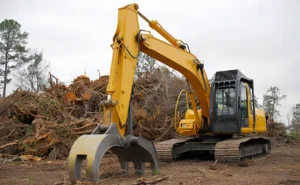

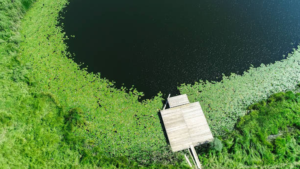
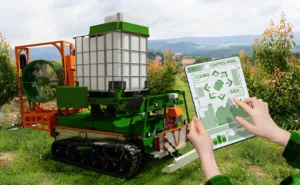
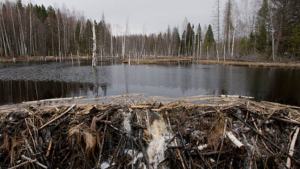

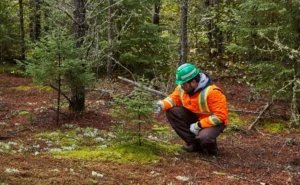
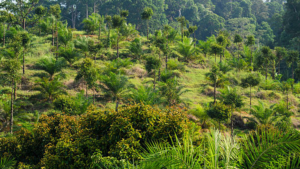



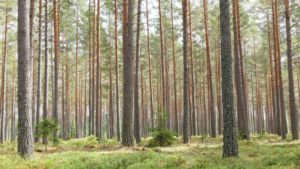
Leave your comment